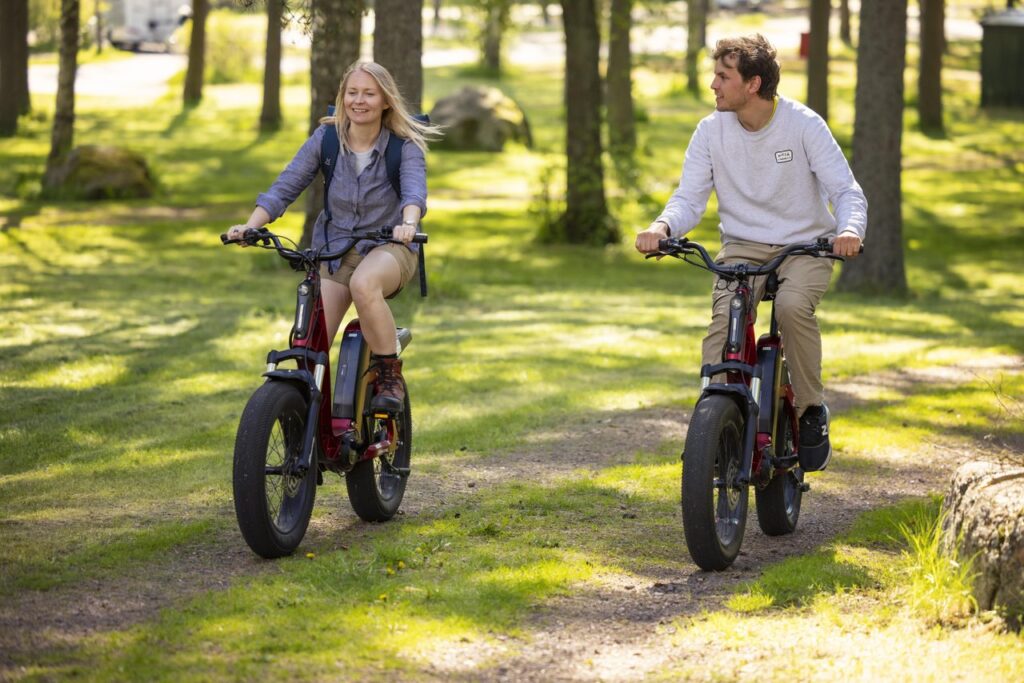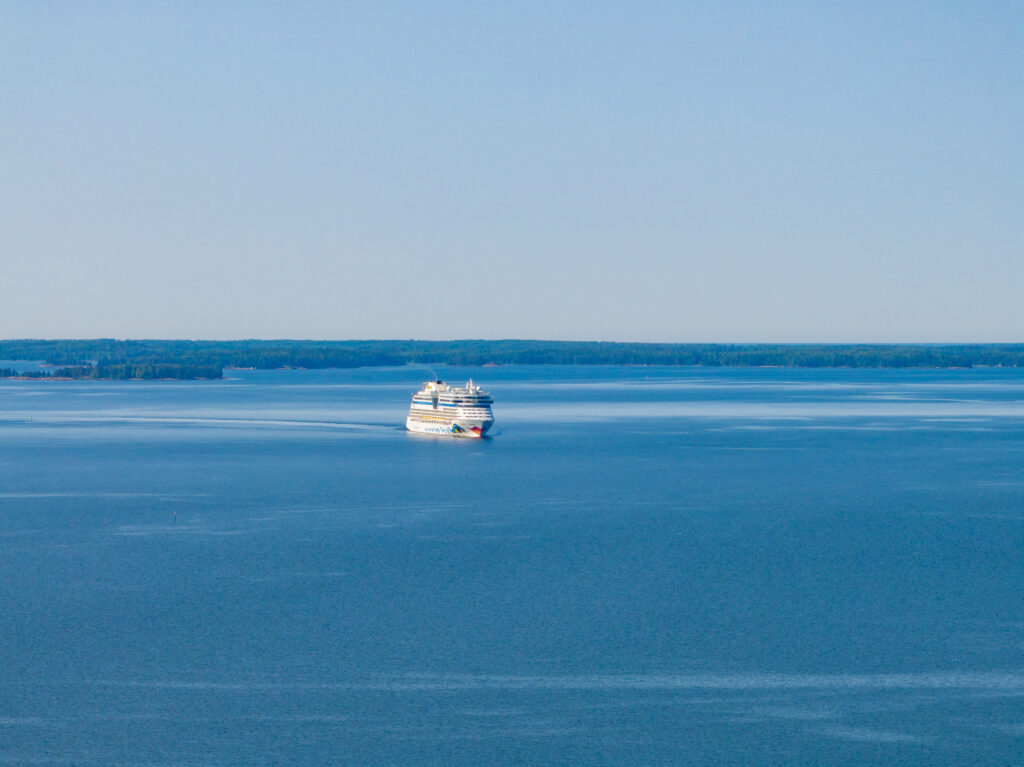Balancing Sustainability and Growth in Tourism: Navigating Environmental, Socio-Cultural, and Economic Impacts
Sustainability is very important in the tourism industry in terms of preserving the nature and culture of destinations from economic, socio-cultural, and environmental points of view. Not exceeding the capacity of the destinations is crucial. The environment, the social balance as well as considering the people living in the area should be retained. Sustainable tourism is not only about minimizing negative impacts such as pollution. It is also about creating positive outcomes as experiences that support local culture and nature as well as bringing economic benefits to local businesses.
According to a study by the International Council on Clean Transportation (ICCT), cruising causes more CO₂ emissions per passenger than flying. However, the environmental impacts are not so black and white. There are other factors to consider, such as methane and black carbon emissions, which also affect the total environmental impact of both cruising and flying.

Cruise Line Efforts In Favor of Sustainability
Cruise lines are putting a lot of effort into making cruising more sustainable. Many ships use LNG (liquefied natural gas) as fuel. They are also reducing single-use plastics. Shore power (electricity from the grid) usage while docked in ports is growing, wherever this is available. Some of these measures require cooperation from the destinations. For example as providing high-capacity electrical connections at the pier and the ability to refuel ships with LNG. Destinations are also pushing cruise lines to develop further sustainability measures through restrictions such as CO₂ emission limits and caps on the number of cruise ships that can visit a destination simultaneously. For example, limits on daily cruise ship visits can encourage cruise lines to consider alternative destinations, which can benefit from increased tourism when visits are planned with socio-cultural and environmental aspects in mind.
The Importance of Collaboration Between Stakeholders
To enable cruise lines, tour operators, and other stakeholders in the cruise industry to operate sustainably, cooperation in the destinations play a crucial role. This includes ports, cities, bus companies, guides, venues, restaurants/cafés, tour operators and others involved in the cruise business.
In general, Finland can be regarded as a sustainable country, known for its clean energy production, high level of social well-being, and strong commitment to the global Sustainable Development Goals (SDGs). This means that the sustainability measures taken in Finland are often more specific and advanced.

Sustainable Transportation in Tourism: Reducing Emissions Through Innovation, Planning, and Transparency
Transportation is one of the biggest sources of emissions. Using renewable diesel or biogas can reduce these emissions, as electric buses are not yet very common in Finland. Electric buses require major investments and more widespread high-speed charging infrastructure than currently exists. Charging also takes longer than refueling, which must be taken into account in operational planning. Other transportation modes, such as sightseeing boats, should also aim for sustainable options.
Another way to reduce transport emissions is through smart traffic planning – for example, ensuring easy access to bus parking near main attractions to reduce driving time, keeping bus companies and drivers informed about road works to avoid unnecessary detours, and scheduling road works so that not all main routes are under construction simultaneously.
For tour operators and cruise lines it is important that transportation companies are transparent about their sustainability.
Managing Wastewater in Maritime Tourism: Towards Cleaner Seas and Responsible Port Practices
Dumping grey and black water into the sea without proper treatment causes eutrophication. Wastewater must either be treated on board or discharged at port reception facilities. Discharging black water into the sea is prohibited in Finnish territorial waters, and the discharge of grey water will also be banned starting in 2030. Ports can encourage ships to discharge all wastewater already now at the pier by offering this service free of charge, as the Port of Helsinki does, or at a reduced fee. Other types of waste generated on board must also be possible to recycle at ports.
Strengthening Local Economies and Cultures Through Sustainable Tourism
Using services provided by local companies, such as cafés and attractions, brings direct economic benefits to the region. This supports both economic and cultural sustainability, as these services often showcase local culture and ways of life. Using locally produced food extends this positive impact even further. Having these services available not far from the port or the city helps reduce transportation related emissions.
Local, certified guides are also a major factor in both socio-cultural and environmental sustainability. Through them, guests learn how the destination functions and what to avoid visiting respectfully while honoring local culture and heritage.
Importance of Identifying Sensitive Areas
From the destination’s side, it is important to identify sensitive areas where extra caution is needed and where guides with additional training may be required. Examples of such places include UNESCO World Heritage sites in Finland, such as the Fortress Island of Suomenlinna in Helsinki and the Kvarken Archipelago in Vaasa.
As Finland’s vast natural areas are one of its main attractions, local guides and operators play an important role also in educating visitors on how to explore Finnish nature responsibly – for example, by not leaving trash behind, staying on marked paths to preserve the environment, and enjoying nature without disturbing wildlife.

Extending the Season Enhances Sustainability
In Finland, the four seasons bring changing weather conditions that affect how visitors experience destinations. By offering experiences suitable and attractive for each season, destinations can present their culture more authentically. Also extending the tourism season beyond the peak months is an important aspect of managing visitor flows sustainably.
How Ports and Destinations Prioritize Sustainability
There are many factors that affect sustainability, and in Finnish ports and destinations, it is considered a high priority by all parties involved in cruise operations. The possibility to discharge wastewater at the port, the use of locally produced food and local suppliers, and the growing number of suppliers committed to sustainability and participating in certification programs are just a few of the measures currently being taken in Finland. These actions help Finnish cruise destinations continue striving for even more sustainable operations in the future.
Cruise Finland has a very good networking program going on with cruise lines and we are very confident for the future. For more information, please visit www.cruisefinland.com and find us on LinkedIn: here.
Share the article on social media:
